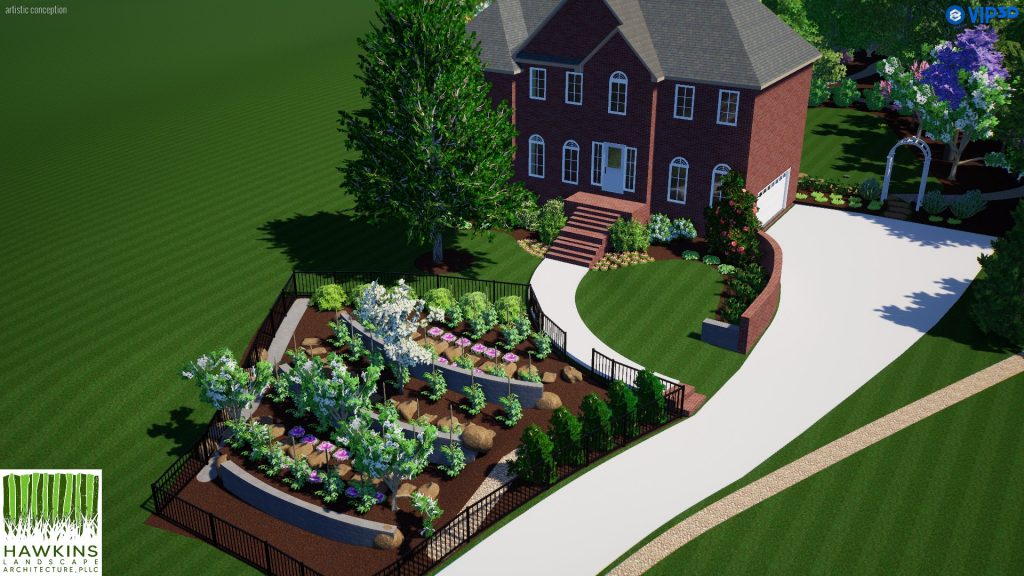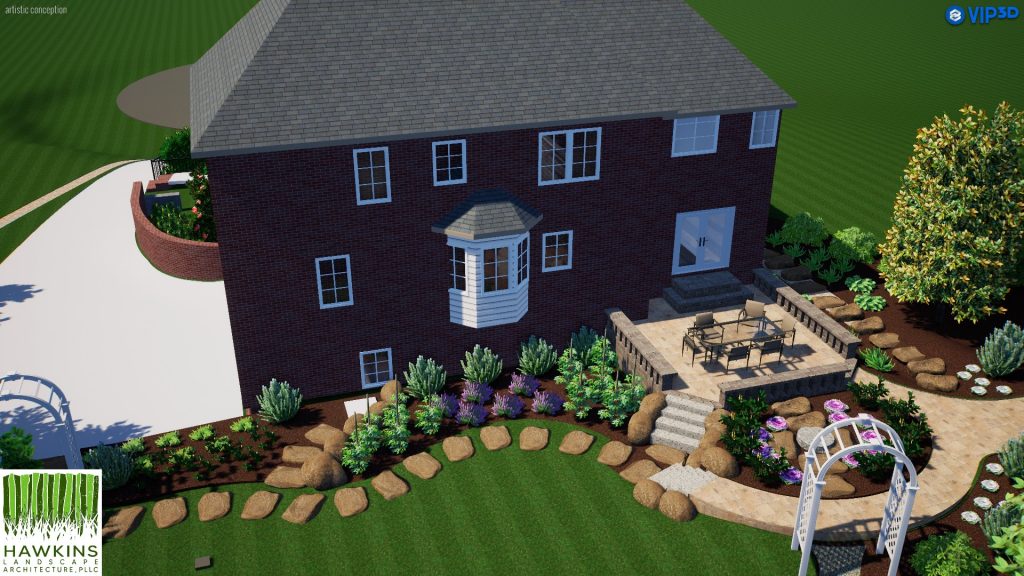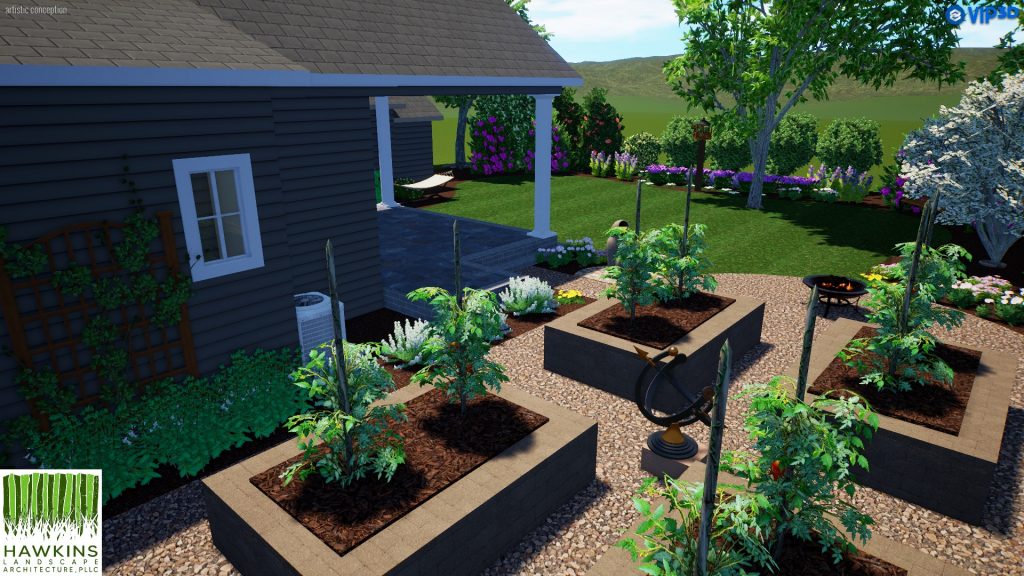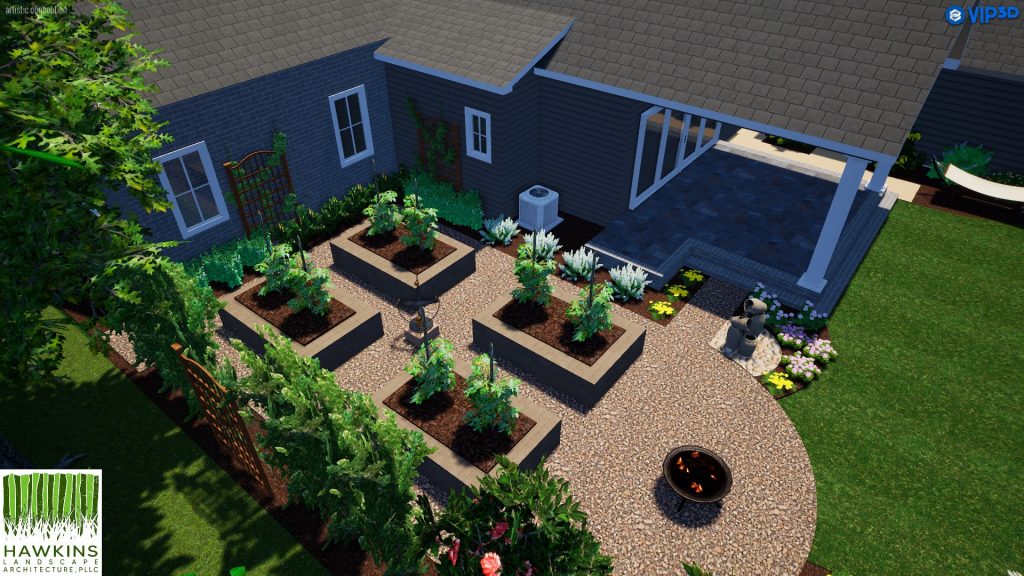Using Permaculture for a Sustainable Future
As Americans, we tend to be known mostly as consumers. Having a completely self-sufficient lifestyle, responsibly utilizing the Earth’s resources to...
Lori Hawkins Explains A Popular New Design Technique
The struggles we went through during the pandemic have instigated unique ideas and innovative practices in the landscape industry.
The change has been compelling: I have never seen such a fundamental shift in the types of requests I receive from my customers as I have recently.
Customers no longer solely request the manicured hedges and lush, water-loving lawns of past years.
Now customers are increasingly moving towards more sustainable and environmentally friendly design alternatives such as “Foodscaping.”


Foodscaping is defined as the incorporation of vegetables and other edible annuals and perennials into a traditional ornamental landscape.
This can be accomplished either through dedicated garden areas in the yard or interspersing edible plant material in traditional ornamental plantings.
In my observations, I see several reasons why this landscaping trend has begun and appears to be here to stay in our industry:
Vegetables and Herbs - These can be an element all on their own in the garden or intermixed throughout your ornamental landscaping.


Edible flowers - Carnations (Dianthus), Pansies (Viola) and Nasturtiums add additional interest in the landscape.
Trees and shrubs - Along with the staple apple and pear tree, try nut-producing trees like pecan and English walnut to create a “food forest.” Shrubs like blueberry, blackberry and fig can also add landscape interest and delicious fruit.
By introducing a few edible plants at a time, you can ultimately transform your client’s property into a beautiful and functioning urban farm.
At the same time, it will be returning value in the form of a safe, sustainable and plentiful harvest for their family.

Lori Hawkins, RLA, ASLA, is the owner and principal of Hawkins Landscape Architecture.
With over 30 years of experience in the field, she specializes in high-end residential landscape architecture in North Carolina.
As Americans, we tend to be known mostly as consumers. Having a completely self-sufficient lifestyle, responsibly utilizing the Earth’s resources to...

The Black Lives Matter movement Has Forced Us to Take A Hard & Honest Look At Our Communities, Our Industry & Ourselves